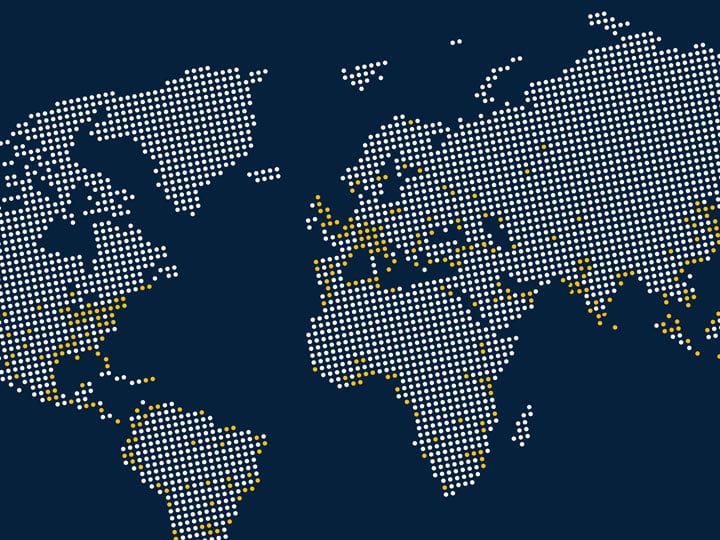Validate Performance Claims for Commercial and Residential Lighting Products
Performance testing for lighting products refers to the evaluation and measurement of various performance aspects of lighting systems. It involves assessing the functionality, efficiency, and quality of lighting installations or devices under specific conditions. The primary goal is to ensure that the lighting system meets the desired performance requirements and provides adequate illumination for its intended purpose.
Several types of tests can be conducted to assess different aspects of their performance. Specific types of performance testing can vary depending on the product's intended use, industry standards, and regulations. Manufacturers may perform additional specialized tests based on their specific product requirements and customer expectations.
Intertek's Performance Testing Solutions for Lighting Products
When it comes to performance testing for lighting products, no one has you covered like Intertek. With lighting performance testing abilities that encompass a wide variety of markets, we have the capabilities and expertise to meet your testing and certification needs. Intertek offers the most comprehensive lighting performance testing suite in the market today.
- Photometric & Radiometric Testing: This testing involves measuring and evaluating the photometric and radiometric properties of lighting products, including their total output (flux), distribution, intensity, and beam angles. It helps determine the illuminance/irradiance levels, uniformity, and coverage area of the light/radiation produced by the product.
- Photobiological Testing: This type of testing involves assessing the potential biological hazards associated with exposure to light sources. It focuses on evaluating the impact of light on human health, specifically with regards to the eyes and skin. The testing aims to ensure that lighting products are safe and do not pose any risks or harmful effects to individuals.
- Energy Efficiency Testing: Energy efficiency testing focuses on evaluating the power consumption and efficiency of lighting products. This involves measuring the product's wattage, luminous efficacy (lumens per watt), and assessing its compliance with energy efficiency standards or regulations.
- Ingress Protection (IP) Testing: This test assess the degree of protection against the intrusion of solid objects, dust, and water. IP testing determines the product's ability to resist ingress and provides a standardized rating that indicates its level of protection.
- Cybersecurity Testing: This type of testing involves evaluating the security measures implemented within the lighting system to identify potential vulnerabilities and assess their resilience against cyber threats. As lighting products become more connected and integrated into smart building systems, it is crucial to ensure that they have robust cybersecurity measures in place to protect against unauthorized access, data breaches, and potential disruptions.
- Germicidal Testing: This testing involves evaluating the effectiveness in disinfecting or inactivating microorganisms, such as bacteria, viruses, and other pathogens. This type of testing is particularly relevant for lighting products that incorporate germicidal technologies, such as ultraviolet (UV) disinfection.
- Environmental and Durability Testing: This type of testing assesses the durability of lighting products under various conditions. It may involve subjecting the products to environmental tests such as vibration, humidity, temperature cycling, and accelerated aging to simulate real-world usage and ensure their performance and lifespan.
- Accelerated Stress Testing (AST): This testing simulates “real-life” conditions to provide necessary evaluation data that helps ensure a product’s life and reliability, which can save both time and money in various applications
Accelerated Stress Testing (AST): Success through Failure!
View the Webinar Recording | Download our Fact Sheet
Knowledge Center
Considerations in Bringing a Germicidal Product to Market Webinar
Commercial Displays: Compliance to ANSI/UL 970 Fact Sheet
Lighting for Hazardous Locations Fact Sheet
Germicidal Lighting Fact Sheet
Horticultural Lighting Safety & Performance Criteria Fact Sheet
Product Listing & Marking Strategies White Paper
Mitigating Cyber Threats to Connected Lighting Products Webinar
Automotive Lighting: Photometric Concepts, Calibration, and Measurement White Paper
Class P Program for LED Light Engines Fact Sheet
ANSI/UL 8750: Overview and Tips for Manufacturers
LED Lamps: LM-84 & DOE Rules Tip Sheet
Ingress Protection for Lighting Products IP vs. NEMA Ratings White Paper
California Energy Commission (CEC) Title 20 and Title 24 White Paper
Resources
- Global Lighting Standards
- Reese's Law – ANSI/UL 4200A-2023
- My Test Central
- Product Directories
- Certification Marks
- Global Market Access
- SatelliteTM Data Acceptance Program
- Intertek Protek - The world’s first industry-agnostic, end-to-end health, safety and wellbeing assurance program

